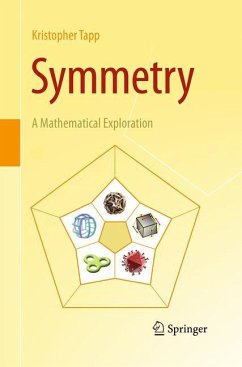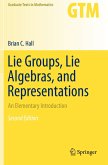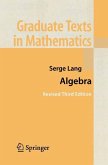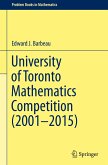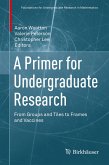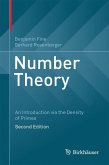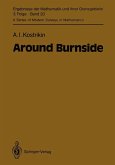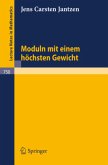This textbook is perfect for a math course for non-math majors, with the goal of encouraging effective analytical thinking and exposing students to elegant mathematical ideas. It includes many topics commonly found in sampler courses, like Platonic solids, Euler's formula, irrational numbers, countable sets, permutations, and a proof of the Pythagorean Theorem. All of these topics serve a single compelling goal: understanding the mathematical patterns underlying the symmetry that we observe in the physical world around us.
The exposition is engaging, precise and rigorous. The theorems are visually motivated with intuitive proofs appropriate for the intended audience. Students from all majors will enjoy the many beautiful topics herein, and will come to better appreciate the powerful cumulative nature of mathematics as these topics are woven together into a single fascinating story about the ways in which objects can be symmetric.
The exposition is engaging, precise and rigorous. The theorems are visually motivated with intuitive proofs appropriate for the intended audience. Students from all majors will enjoy the many beautiful topics herein, and will come to better appreciate the powerful cumulative nature of mathematics as these topics are woven together into a single fascinating story about the ways in which objects can be symmetric.
From the reviews:
"The author starts with a very concrete introduction to symmetry in the plane, using rigid motions for a definition. ... The book can serve very well as an introduction to algebraic combinatorics for math students and also for many interested students of other fields, specially Computer Science and natural sciences." (Ulrich Knaner, Zentralblatt MATH, Vol. 1233, 2012)
"In this book Tapp uses a large number of high-quality colored images to illustrate various properties derived from symmetry as well as to introduce students to the supporting mathematics ... . a vital resource for teachers of children as they try to get young minds interested in learning mathematics. ... an excellent text for math courses for non-math majors, as it will teach them math without seeming to do so. Artists, in particular, will find a great deal that they can apply in their work." (Charles Ashbacher, The Mathematical Association of America, February, 2012)
"This textbook provides a great journey to the wonderful world of symmetry and shows how to understand and study it. ... The textbook is suitable for both mathematics and non-mathematics majors, as only high school algebra is needed to understand the material. All necessary definitions and notations are provided and highlighted, so it is not difficult to find them if needed. ... this textbook can also be beneficial for graduate students and undergraduates who take upper-level classes in mathematics." (Natali Hritonenko, Mathematical Reviews, January, 2013)
"The author starts with a very concrete introduction to symmetry in the plane, using rigid motions for a definition. ... The book can serve very well as an introduction to algebraic combinatorics for math students and also for many interested students of other fields, specially Computer Science and natural sciences." (Ulrich Knaner, Zentralblatt MATH, Vol. 1233, 2012)
"In this book Tapp uses a large number of high-quality colored images to illustrate various properties derived from symmetry as well as to introduce students to the supporting mathematics ... . a vital resource for teachers of children as they try to get young minds interested in learning mathematics. ... an excellent text for math courses for non-math majors, as it will teach them math without seeming to do so. Artists, in particular, will find a great deal that they can apply in their work." (Charles Ashbacher, The Mathematical Association of America, February, 2012)
"This textbook provides a great journey to the wonderful world of symmetry and shows how to understand and study it. ... The textbook is suitable for both mathematics and non-mathematics majors, as only high school algebra is needed to understand the material. All necessary definitions and notations are provided and highlighted, so it is not difficult to find them if needed. ... this textbook can also be beneficial for graduate students and undergraduates who take upper-level classes in mathematics." (Natali Hritonenko, Mathematical Reviews, January, 2013)

